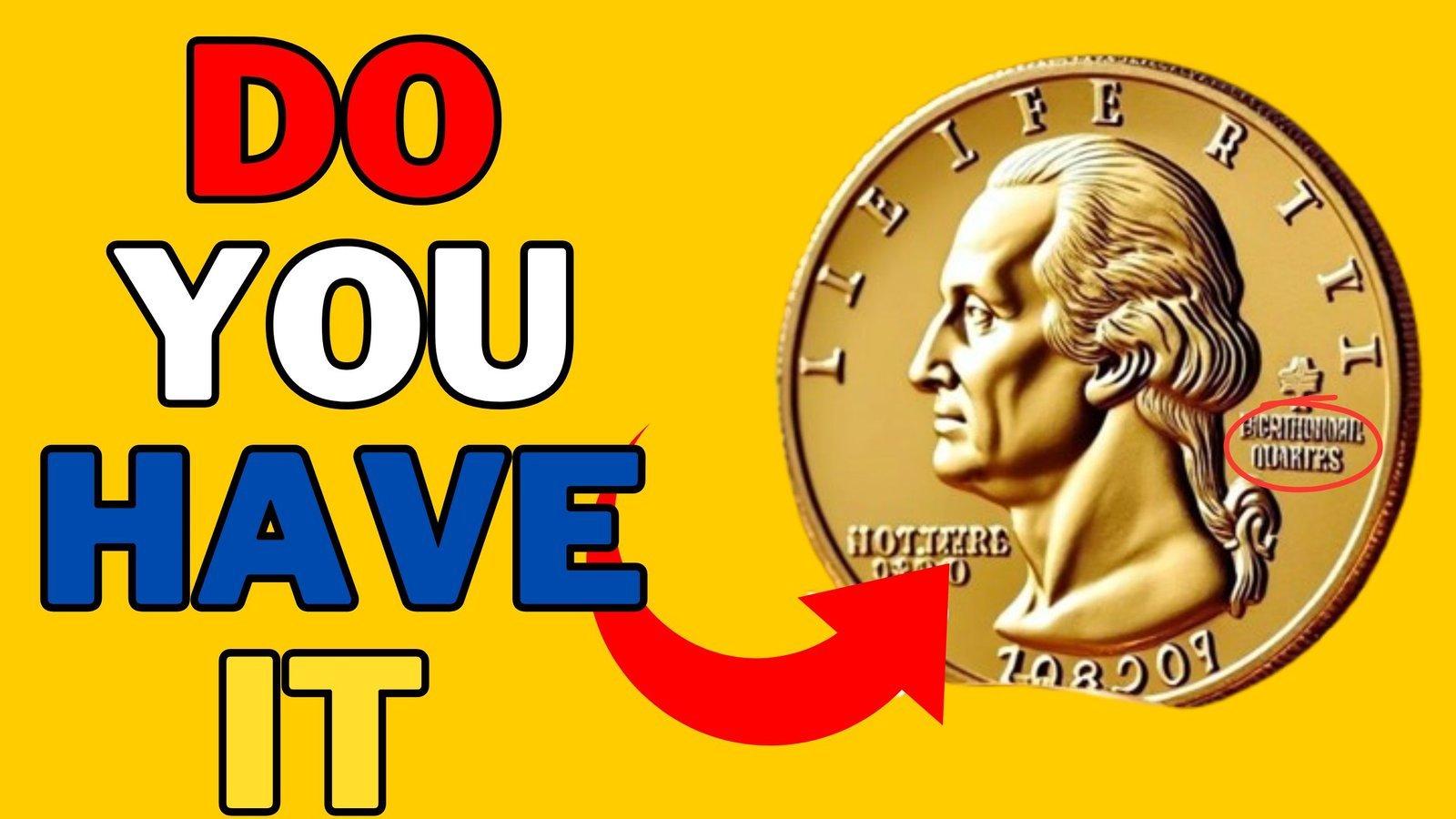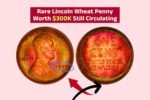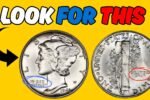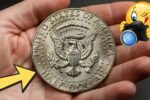Rare Bicentennial Quarters : Every now and then, a news story catches fire about someone discovering a rare coin worth a small fortune in their pocket change. But one particular quarter is sparking intense interest across the country: the Bicentennial quarter. Rumors and reports have swirled suggesting that one such coin might be worth as much as $270 million—an eye-popping number that has both collectors and casual change-holders scrambling to check their jars and wallets.
So, what’s behind this sudden surge in coin-hunting curiosity? Could your spare change really make you a multi-millionaire?
The Bicentennial Quarter: A Brief History
In 1976, the United States Mint released a special quarter to commemorate the 200th anniversary of American independence. Unlike the standard quarter featuring George Washington on the obverse and an eagle on the reverse, the Bicentennial quarter (dated 1776–1976) displays a Colonial drummer on the back, with a torch encircled by 13 stars.
These quarters were minted in huge numbers—over 1.6 billion were produced—making them common in circulation even decades later. Most of them are worth no more than 25 cents, perhaps a little more if in pristine condition.
So why are people suddenly talking about one being worth hundreds of millions?
The $270 Million Quarter: Reality or Rumor?
The viral claim that a single Bicentennial quarter could be worth $270 million is most likely exaggerated or fictional, perhaps inspired by the legitimate existence of extremely rare or error coins that have fetched high prices at auctions.
However, some Bicentennial quarters can indeed be valuable—though not quite in the nine-digit range. For example:
Proof coins (specially minted for collectors) made of 40% silver can fetch anywhere from $5 to $30, depending on condition.
Error coins, such as those with double strikes, off-centering, or misprints, have been known to sell for hundreds or even thousands of dollars.
A pristine, high-grade quarter certified by a professional grading service can be worth over $1,000, especially if it comes from a rare die variety.
Still, the idea of a quarter reaching $270 million likely comes from clickbait or misinformation. As of now, no Bicentennial quarter has sold for anywhere near that amount.
How to Tell If You Have a Valuable Quarter
If you’re curious whether your 1976 quarter is worth more than face value, here are a few things to check:
Mint Mark: Look for a small “S” for San Francisco, “D” for Denver, or no mark (Philadelphia). “S” coins may be silver proofs.
Weight: A standard copper-nickel quarter weighs 5.67 grams. A 40% silver quarter weighs about 5.75 grams. A precise scale helps.
Condition: Coins in uncirculated or proof condition are always worth more.
Errors and Varieties: Look for unusual features—doubling, missing elements, off-centering, or extra design details.
For any coin you think might be valuable, have it appraised by a reputable dealer or certified grading service like PCGS or NGC.
Frequently Asked Questions (FAQs..)
Q1: Are Bicentennial quarters really worth $270 million?
A: No verified Bicentennial quarter has ever sold for $270 million. That figure is likely exaggerated or fictional. However, some rare versions—especially error coins or silver proofs in mint condition—can be worth hundreds or even thousands of dollars.
Q2: What makes a Bicentennial quarter valuable?
A: The most valuable Bicentennial quarters usually have one or more of the following features:
-
Minting errors (such as double die, off-center strikes, or missing elements)
-
Made from 40% silver
-
Proof or uncirculated condition
-
Rare die varieties
-
Professionally graded at MS-67 or higher
Q3: How can I tell if my Bicentennial quarter is made of silver?
A: Silver Bicentennial quarters:
-
Were only made at the San Francisco Mint and have an “S” mint mark.
-
Weigh more than standard quarters (about 5.75 grams).
-
Often came in special proof sets, not regular circulation.
Use a precise scale or consult a coin expert to be sure.
While it’s highly unlikely that your Bicentennial quarter is worth hundreds of millions of dollars, it’s not impossible for a rare or error coin to have significant value. The real treasure lies in awareness—knowing what to look for and understanding the basics of numismatics.
So go ahead—check that old coffee can of coins, sift through your change tray, or even ask your grandparents if they’ve got any old rolls of quarters stored away. You might not find a $270 million windfall, but you could discover a fascinating piece of American history… and maybe a few dollars richer.




